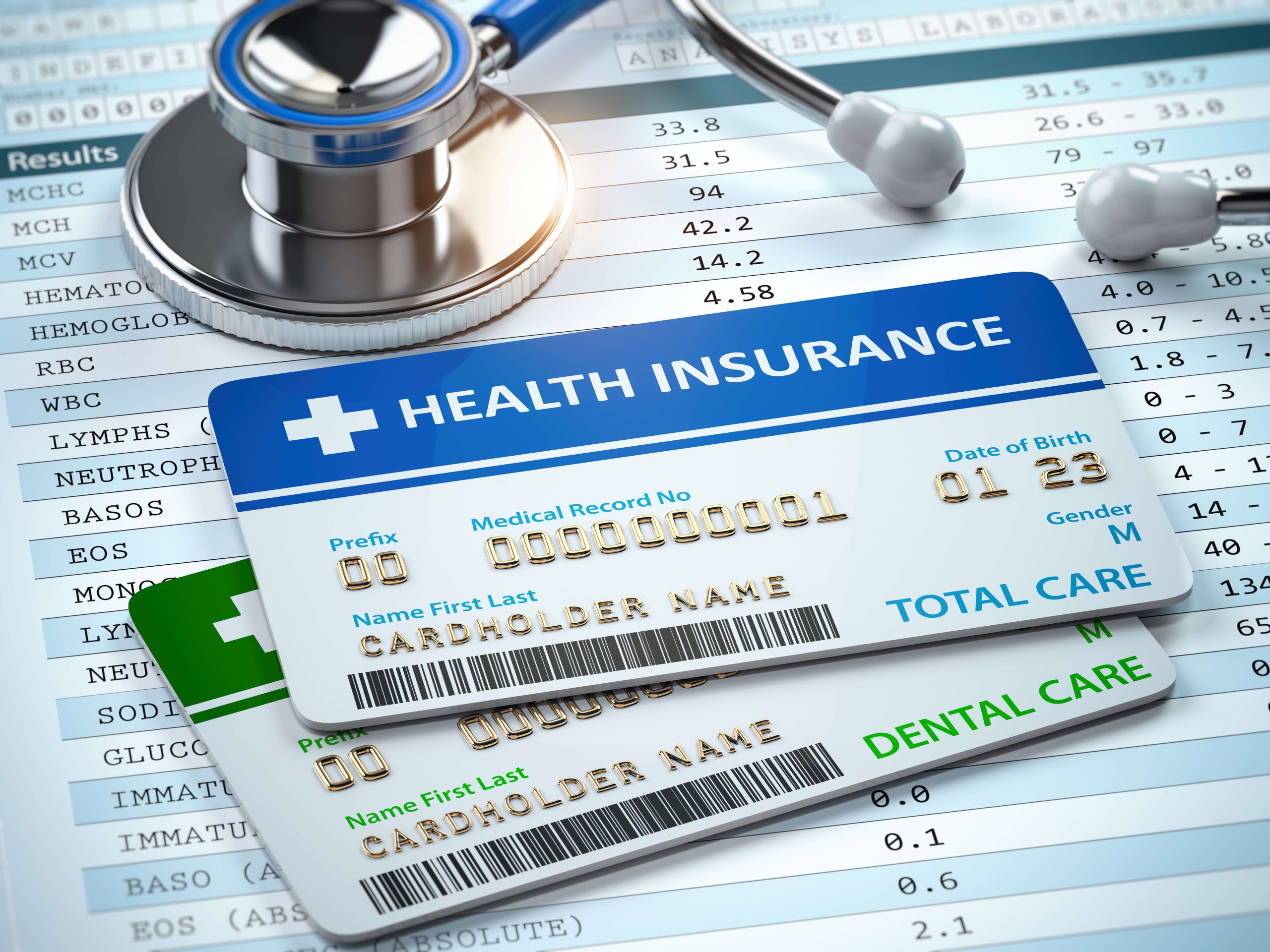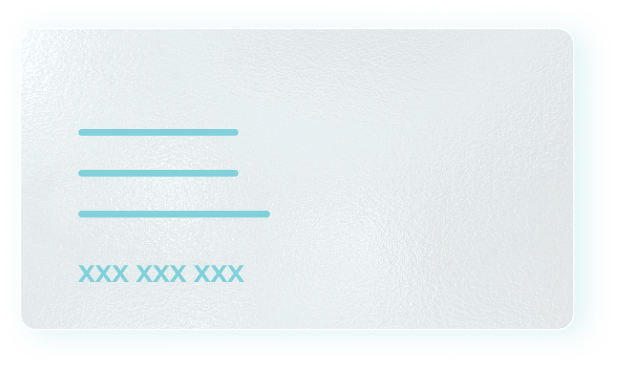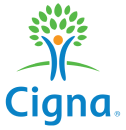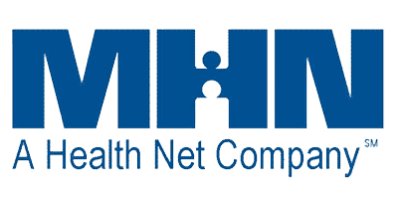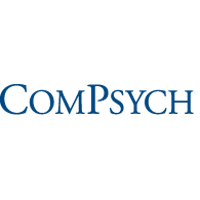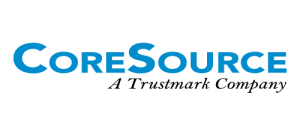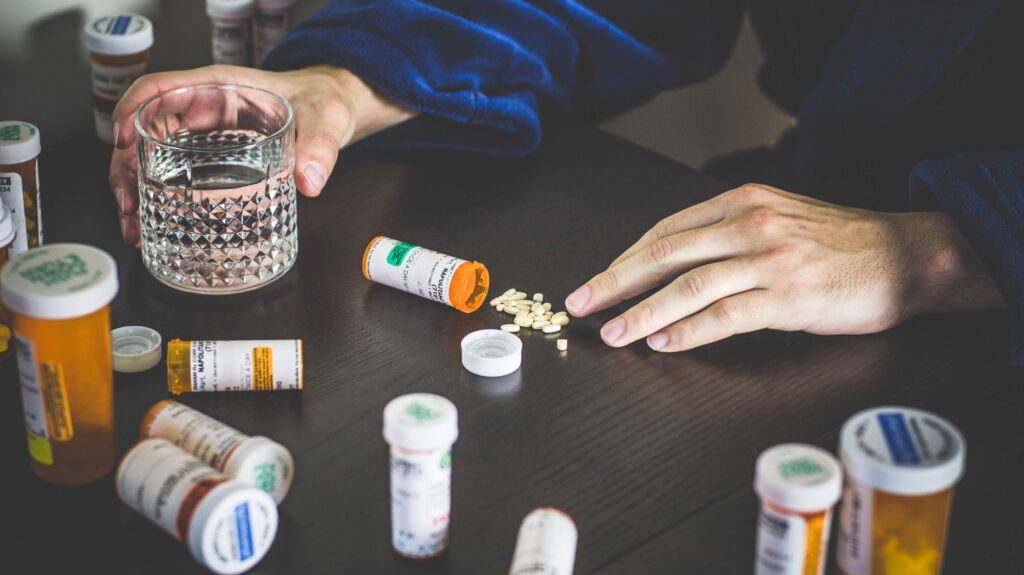
Drugs can be grouped together in different ways—by the way they affect the body, how they are used, or where they are prescribed and controlled. It’s valuable to understand the pharmacological classification of drugs, and specifically the risks and side effects. Additionally, it helps recognize addiction in loved ones. There is a wide range of substances, and unfortunately, more people struggle with substance use disorders every day. Although addiction can be overwhelming, recovery is possible.
What Is The Purpose Of Pharmacology Drug Classification?
The purpose of drug classification is to ensure drug use is safe and beneficial for the patient. Each time a drug is used, people’s body chemistry is changed. Drugs are meant to be helpful, but they can be harmful. Sadly, taking multiple drugs can change body chemistry so much that they are less useful. Above all, it makes side effects more severe. That’s why it is vital to understand the pharmacological classification of drugs and the risks and side effects.
Pharmacology Classification of Drugs By Chemical Similarities
Chemical similarities classify drugs because they often have the same impact and risks. A drug-dependent person is also likely to misuse drugs with chemical similarities. Additionally, chemically similar drugs often have the same effects in treatment:
- Alcohol
- Opioids
- Benzodiazepines
- Cannabinoids
- Barbiturates
Pharmacology Classification of Drugs Based on Effects
Different types of drugs affect people differently. Nonetheless, drugs may be categorized or classified according to certain shared symptomatologies or effects. For example, one drug makes a person energetic. However, another drug makes them relax.
- Central Nervous System (CNS) Depressants (slow down the operations of the brain and the body)
- Stimulants (accelerate the heart rate and elevate the blood pressure and “speed up,” or overstimulate, the body)
- Hallucinogens (cause the user to perceive things differently than they actually are)
- Dissociative Anesthetics (inhibit pain by cutting off or dissociating the brain’s perception of the pain)
- Narcotic Analgesics (relieve pain, induce euphoria, and create mood changes in the user)
- Inhalants (breathable substances that produce mind-altering results and effects)
- Cannabis (the scientific name for marijuana, includes cannabinoids and synthetics like Dronabinol)
Pharmacology Drug Classification PDF Download Free
Download our free Pharmacology Drug Classification PDF—a helpful resource for students, clinicians, or anyone seeking a clear breakdown of drug classes and their uses.
DOWNLOAD PDF
Pharmacology Classification of Drugs by Legal Definition
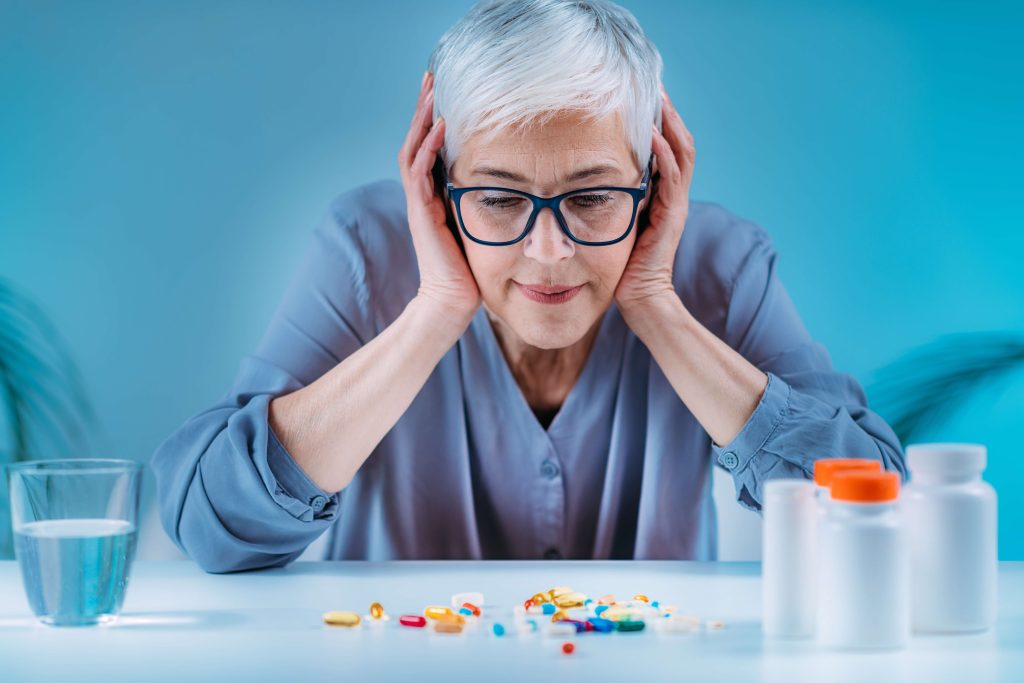
In 1970 the federal government passed the Controlled Substance Act. It was in response to the drug epidemic. The act establishes five pharmacology classifications of drugs, or schedules.
The drug’s schedule is based on potential medical use, the potential for misuse, and addiction risk. But international treaties are an exception. The U.S. must use certain drug classifications to comply with diplomatic agreements. These agreements include the Single Convention on Narcotic Drugs.
- Schedule V (the lowest penalties and few regulations). They have an acceptable medical purpose. And generally, the lowest risk of misuse and addiction)
- Schedule IV (the regulations and penalties for these drugs are a little more than Schedule V drugs). But, they have a low risk of misuse and addiction.
- Schedule III (harsher penalties and more regulations than Schedule IV drugs. They have a low misuse rate and low to medium risk of addiction)
- Schedule II (The only pharmacology classification of drugs with more regulations and penalties than Schedule II drugs is Schedule I drugs. They have a high risk of misuse and severe addiction risk)
- Schedule I (Schedule I drugs are the most regulated and have the harshest penalties of all the drugs. They have a high risk of misuse and addiction)
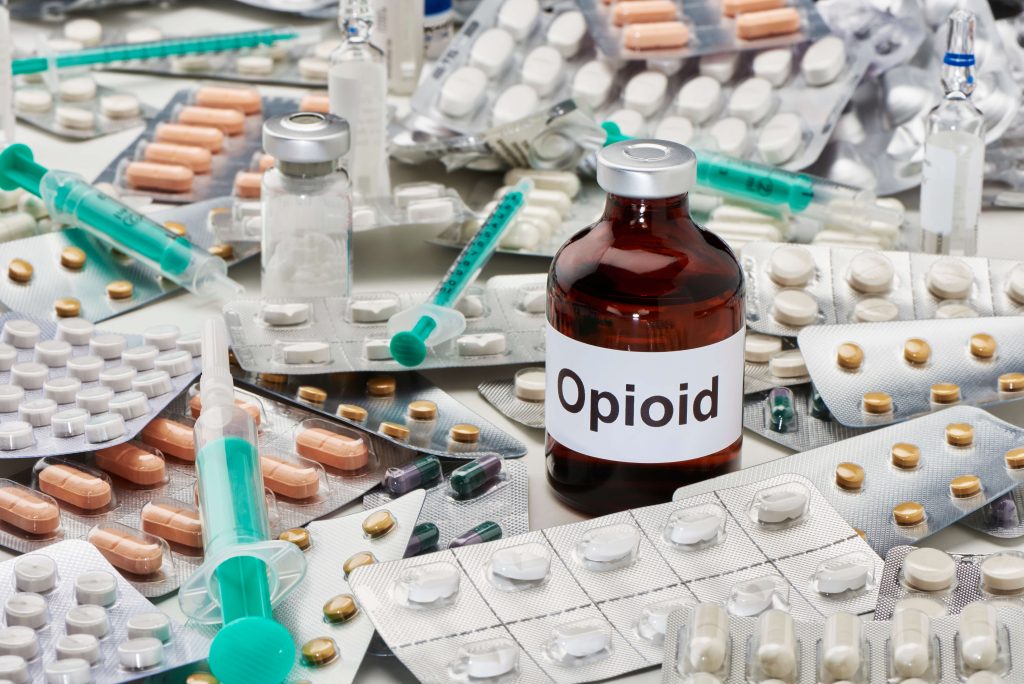
Controversies of Classification
Over the years, some drugs have been reclassified. For example, the DEA reclassified hydrocodone in 2014. They changed it from a Schedule III drug to a Schedule II. But the reclassification of drugs is rare. However, many debates are surrounding the Controlled Substance Act.
Marijuana, a Schedule 1 drug, causes well-known debates. Many experts believe it has medical benefits. At the same time, it has a low risk of addiction. And despite the evidence supporting reclassification, the DEA refuses to change it.
The CSA excludes alcohol and cigarettes. This exclusion has led to numerous debates. According to Title 21 of the U.S. code, controlled substances do not include distilled spirits, wine, malt beverages, or tobacco. However, the dangers of alcohol and tobacco are well known. Many experts also agree that alcohol and tobacco should be classified as Schedule I drugs.
What are the drug schedules under the Controlled Substance Act?
Under the Controlled Substance Act, drugs are classified into five schedules based on medical use, misuse potential, and addiction risk, with Schedule I having the highest restrictions and Schedule V the lowest.
Where can I find a free PDF resource on drug classification?
You can download a free PDF resource on pharmacology drug classification from the provided link on the website, which offers a clear breakdown suitable for students, clinicians, and anyone interested in understanding drug classes.
What are the different effects-based categories of drugs in pharmacology?
Drugs are categorized based on their effects into types such as CNS depressants, stimulants, hallucinogens, dissociative anesthetics, narcotic analgesics, inhalants, and cannabinoids, each affecting the body and mind in distinct ways.
How are drugs classified based on chemical similarities?
Drugs are classified by chemical similarities because such drugs often have similar impacts and risks, making it easier to predict their effects and potential for misuse, especially among drug-dependent individuals.
What is the main purpose of pharmacology drug classification?
The main purpose of drug classification is to ensure that drug use is safe and beneficial for the patient by understanding the risks, side effects, and proper usage to prevent harm and manage body chemistry effectively.








